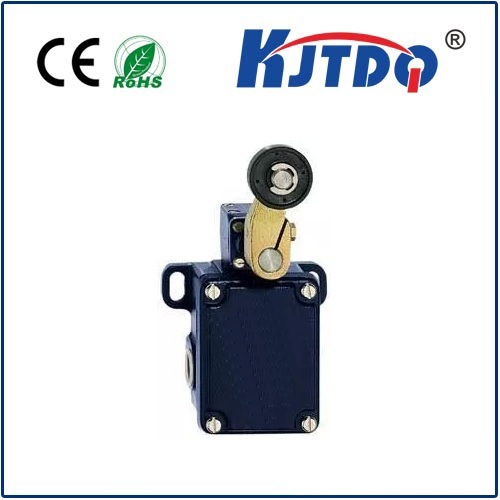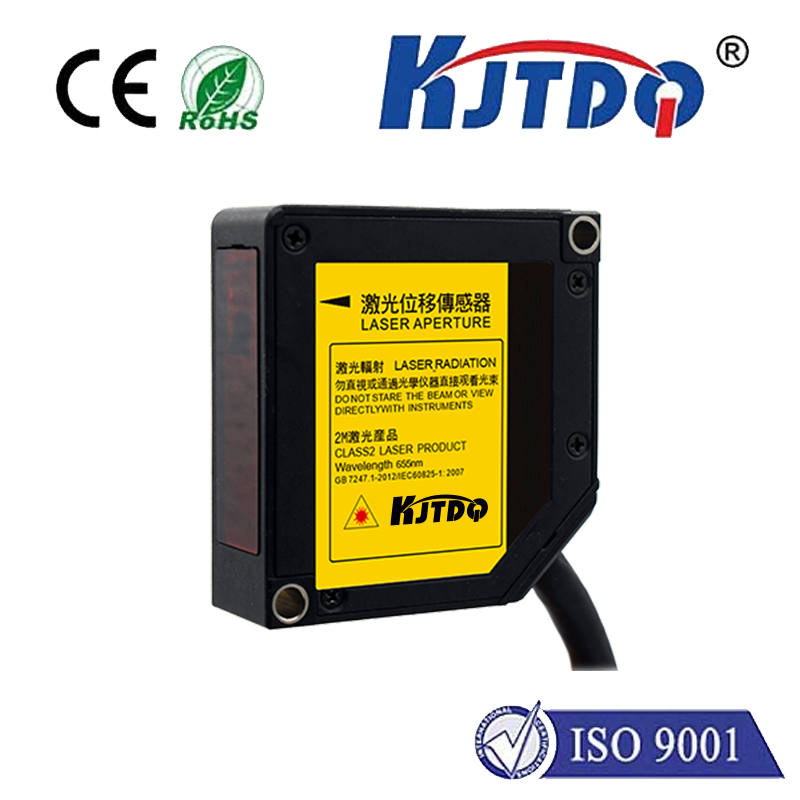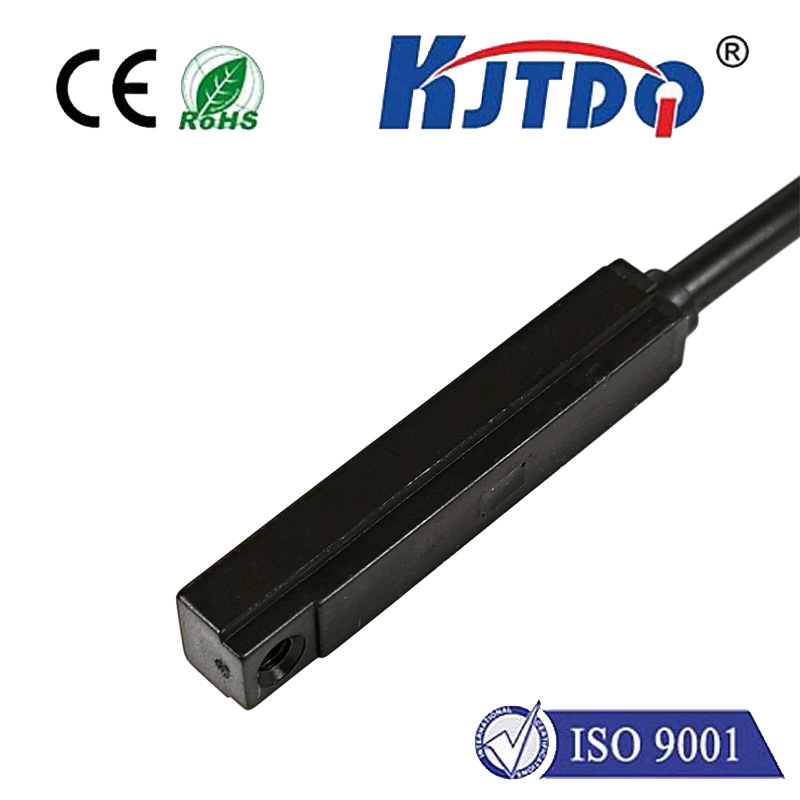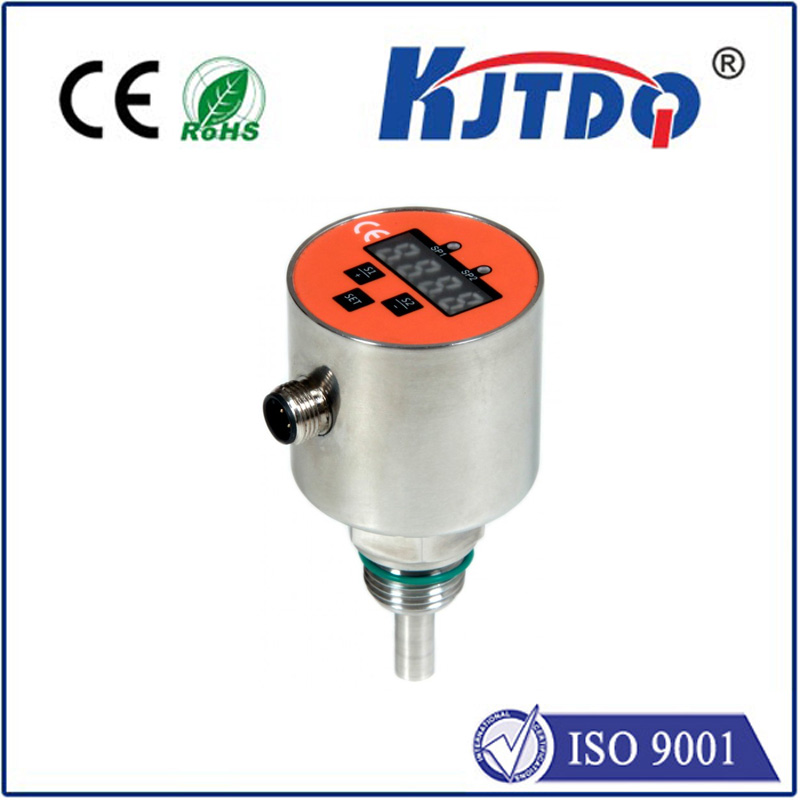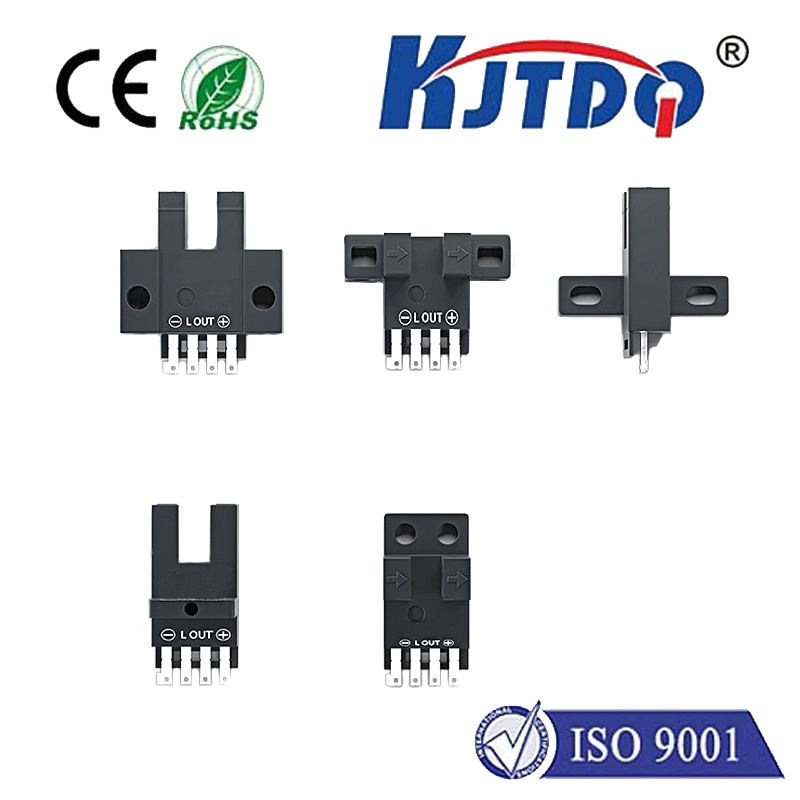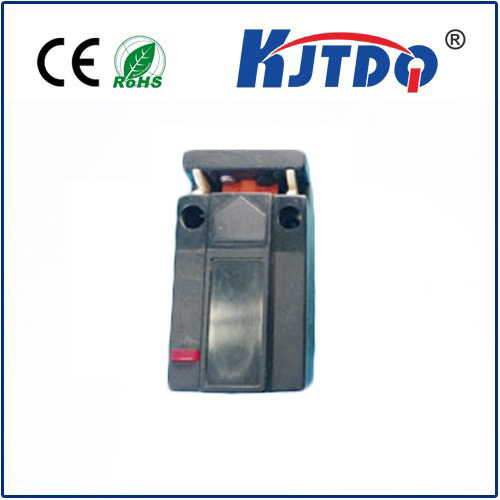
check

check

check

check
Title: Revolutionizing the Future: The Photoelectric Laser Sensor
Introduction
The photoelectric laser sensor is an innovative technology that has transformed various industries, including manufacturing, automotive, and aerospace. This cutting-edge device utilizes a laser to capture light and convert it into electrical signals, allowing for accurate data acquisition and analysis. In this article, we will explore the fundamentals of photoelectric laser sensors and their numerous applications.
Chapter 1: The Science behind the Photoelectric Laser Sensor
At its core, the photoelectric laser sensor works by emitting a beam of light, which is then reflected or absorbed by an object. When the light hits the object, it creates an electric charge in the material, which is then measured and converted into an electrical signal. This process is highly efficient and precise, making it suitable for a wide range of applications.
Chapter 2: Applications of Photoelectric Laser Sensors

The photoelectric laser sensor has numerous practical applications in various industries, such as:
1. Manufacturing: Photoelectric laser sensors are used to monitor the quality of production processes, detect defects, and ensure conformity to standards. They can also be used to measure distances and positional information in factories.
2. Automotive: In the automotive industry, photoelectric laser sensors are commonly used in safety systems to detect objects and obstacles on the road. They can also be used in parking guidance systems to detect nearby objects and prevent collisions.
3. Aerospace: In space exploration, photoelectric laser sensors are essential for navigation, communication, and environmental monitoring. They can be used to detect dust, debris, and other materials in space, helping astronauts navigate safely through hazardous environments.
4. Agriculture: Photoelectric laser sensors are used in agriculture to monitor crop growth and health. By detecting changes in light intensity, they can provide valuable insights into plant development and identify potential issues before they become serious problems.
Chapter 3: Advancements in Photoelectric Laser Sensor Technology
As technology continues to evolve, the photoelectric laser sensor is expected to undergo significant advancements in the coming years. Some of these developments include:
1. Improved accuracy and precision: Newer models of photoelectric laser sensors are becoming increasingly accurate and precise, thanks to advancements in optics and engineering design. This will lead to even better data collection and analysis capabilities.
2. Increased speed and responsiveness: Photoelectric laser sensors are designed to respond quickly to changes in light intensity, allowing them to operate at high speeds without compromising accuracy. As technology improves, these sensors will likely become even faster and more responsive.
3. Greater durability and reliability: With increased demand for reliable and long-lasting sensors, manufacturers are focusing on developing photoelectric laser sensors that can withstand harsh environments and conditions. This will help ensure that these sensors continue to perform well over time.
Conclusion
The photoelectric laser sensor is a game-changing technology that is revolutionizing various industries. Its ability to accurately capture and analyze light data makes it an indispensable tool for businesses looking to improve efficiency and productivity. As technology continues to advance, we can expect even greater innovations in this field, leading to a brighter future for photoelectric laser sensors and their applications.


